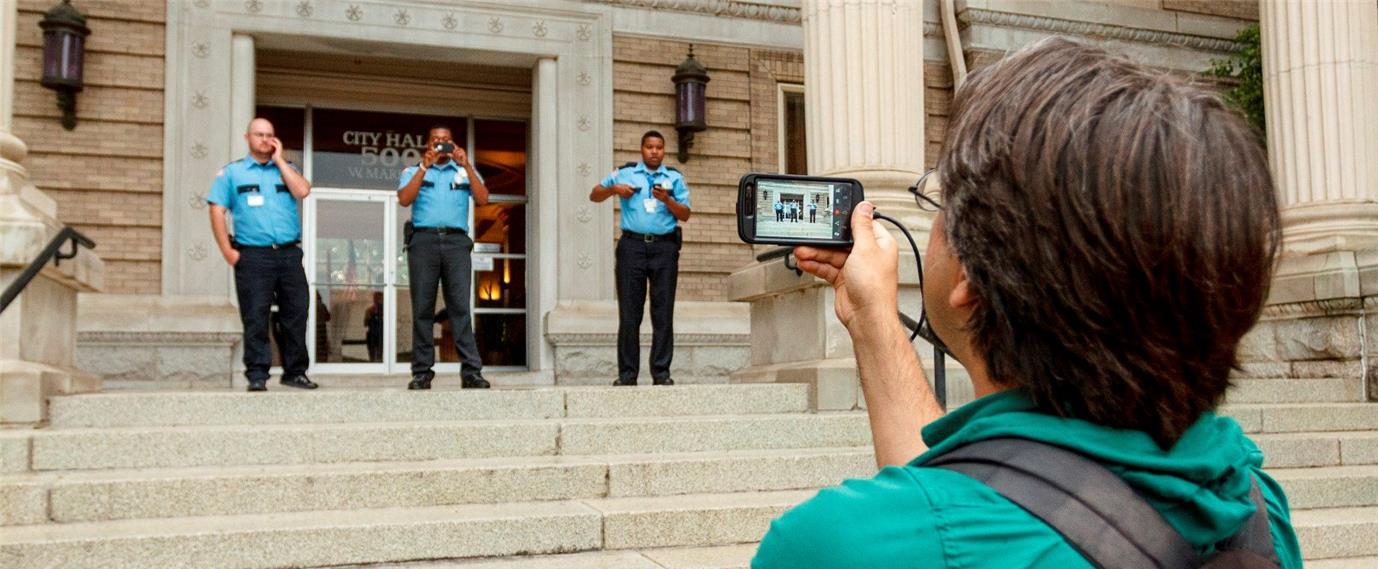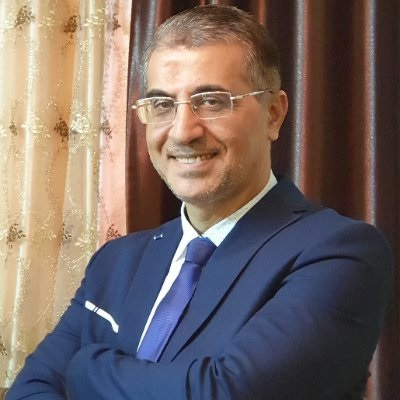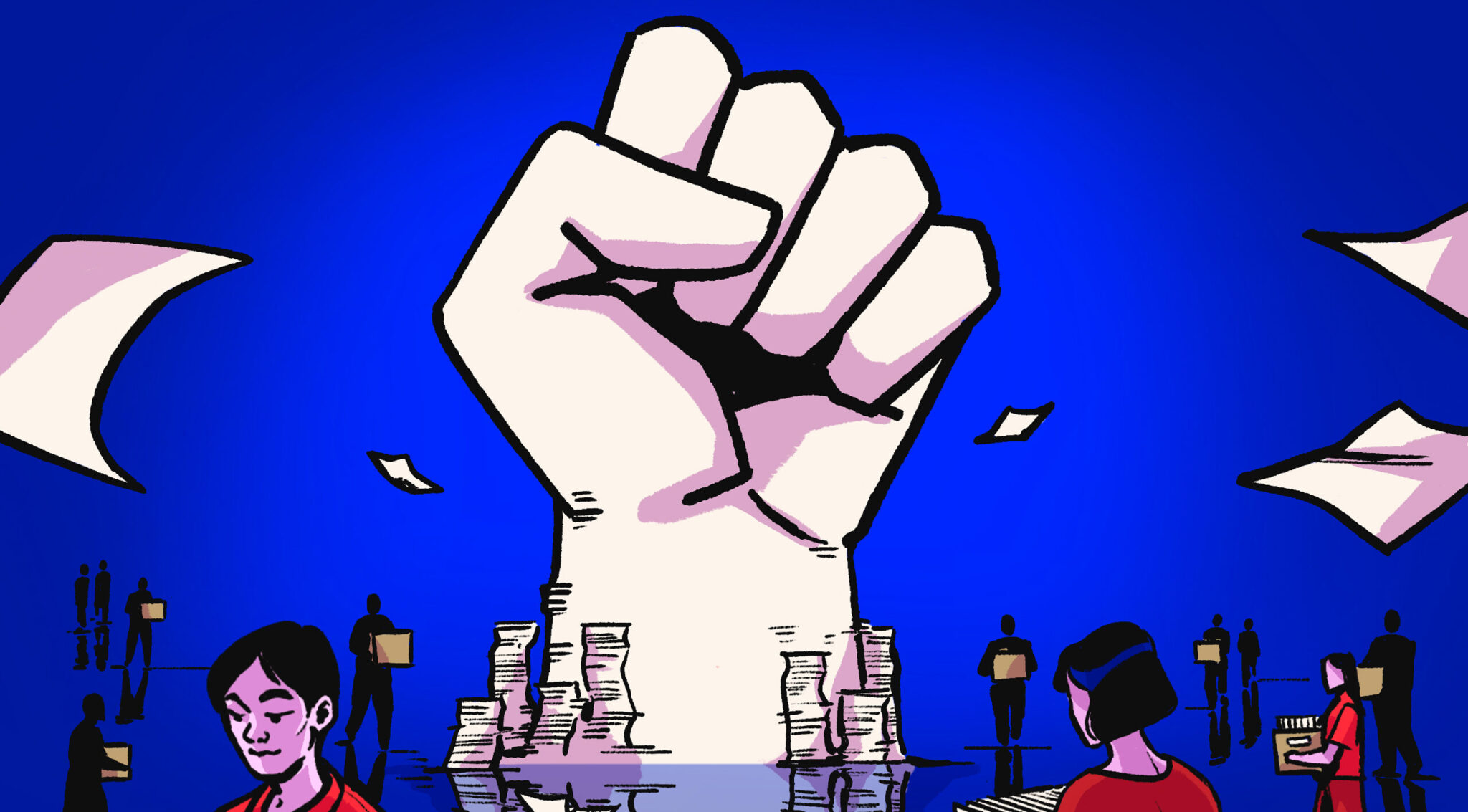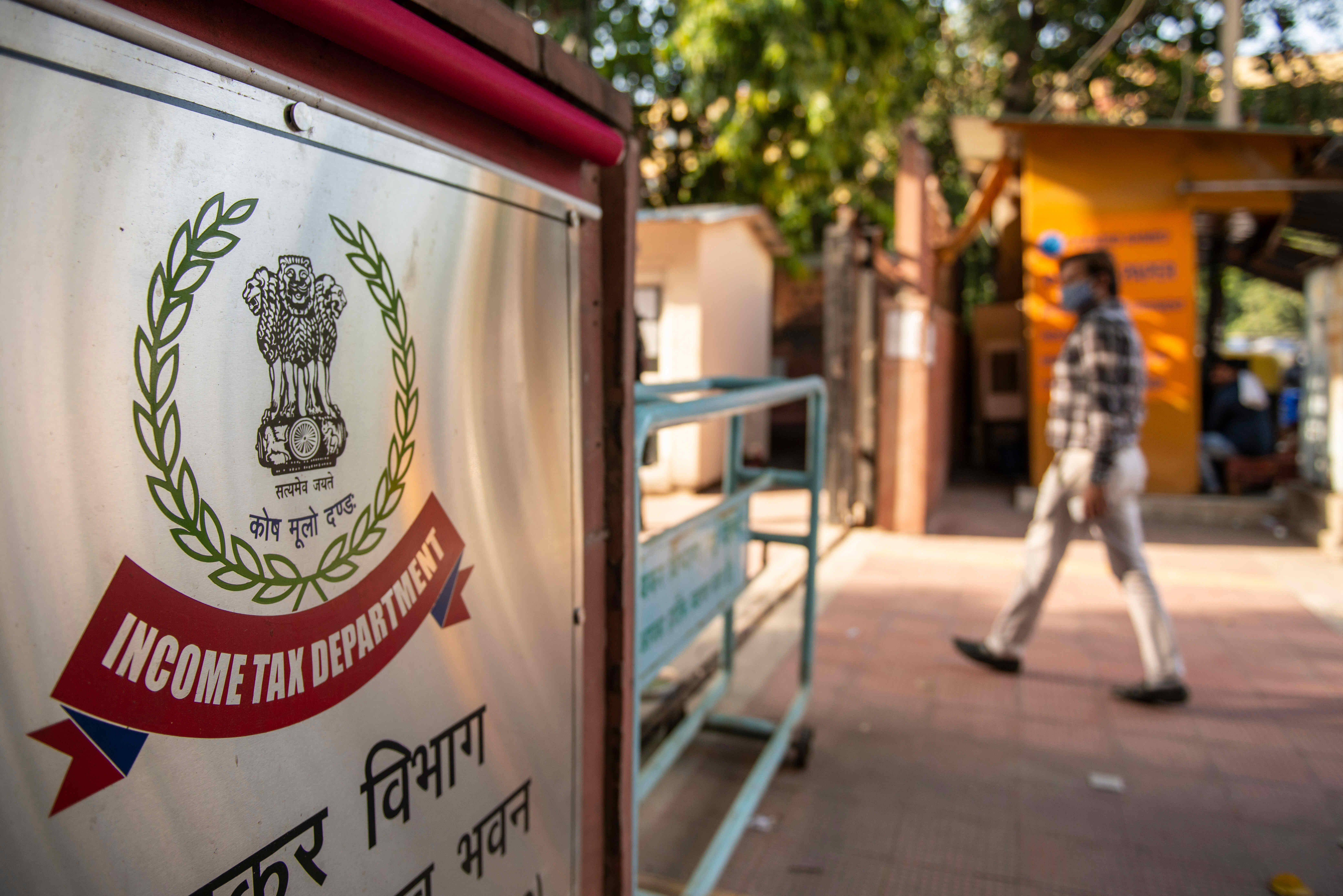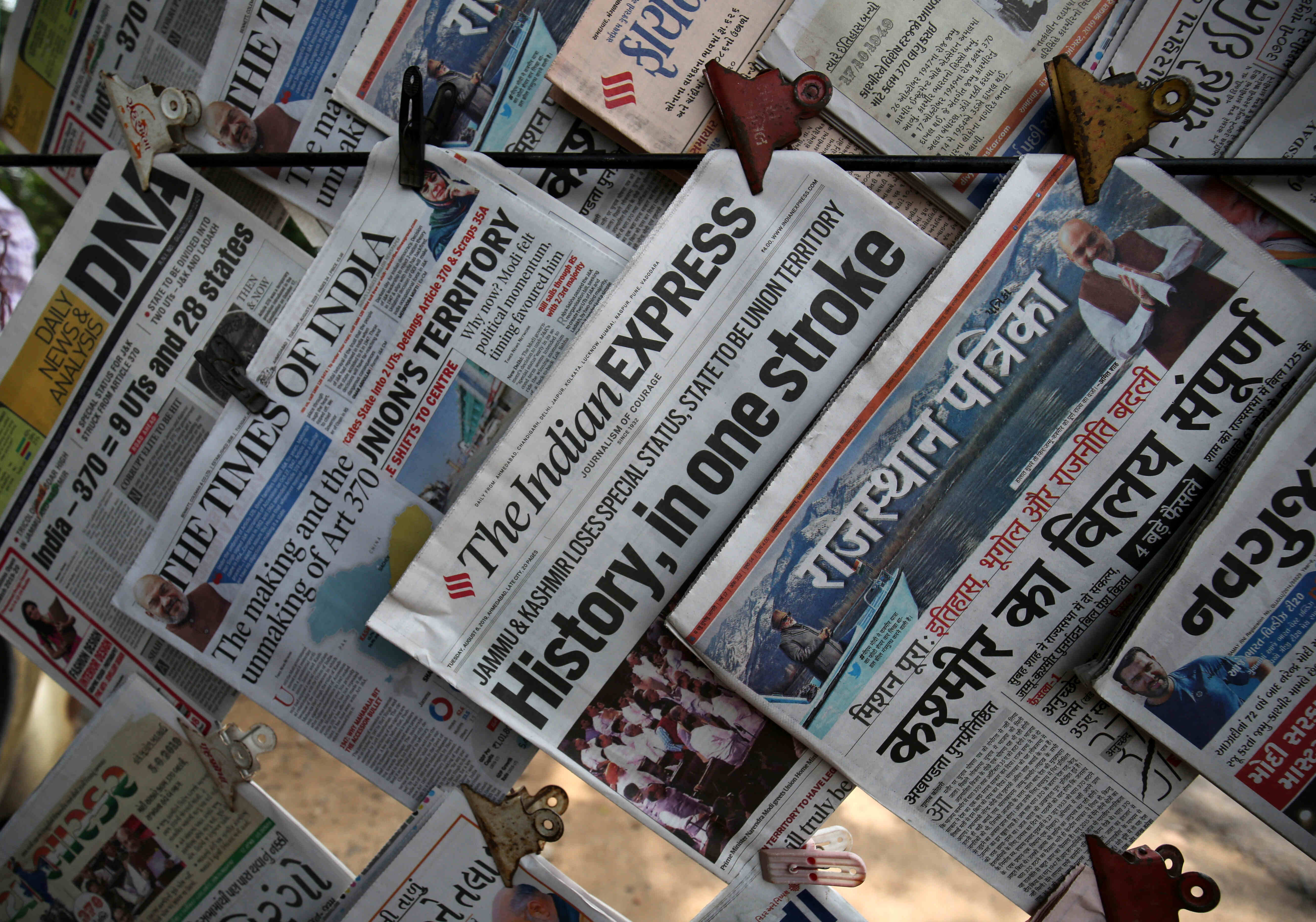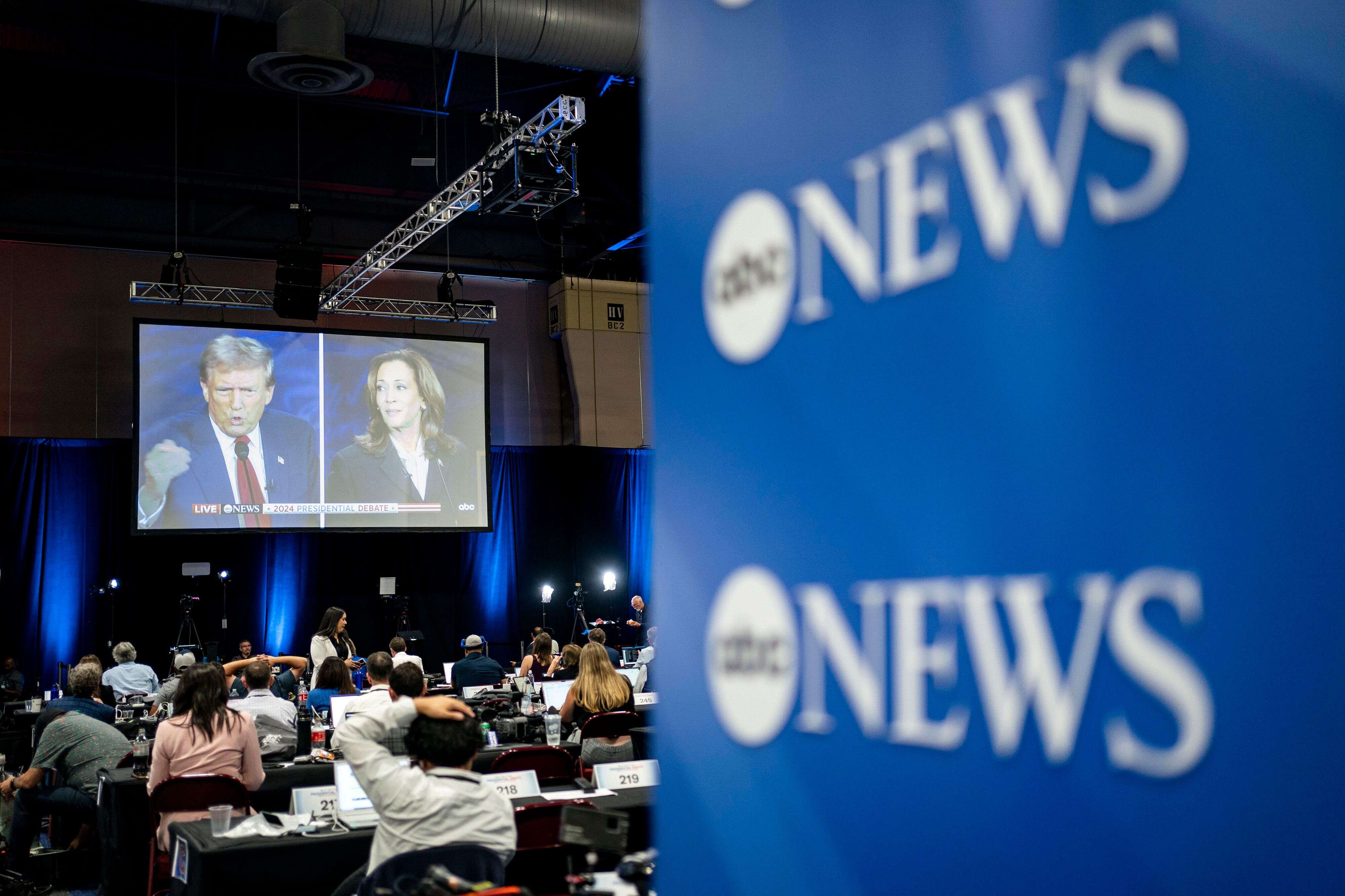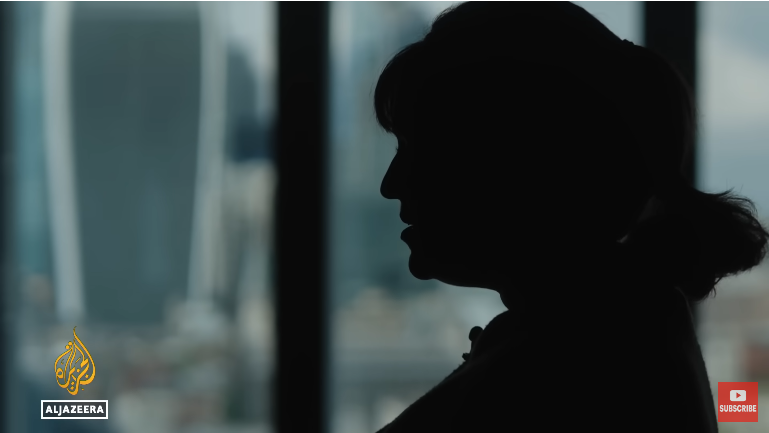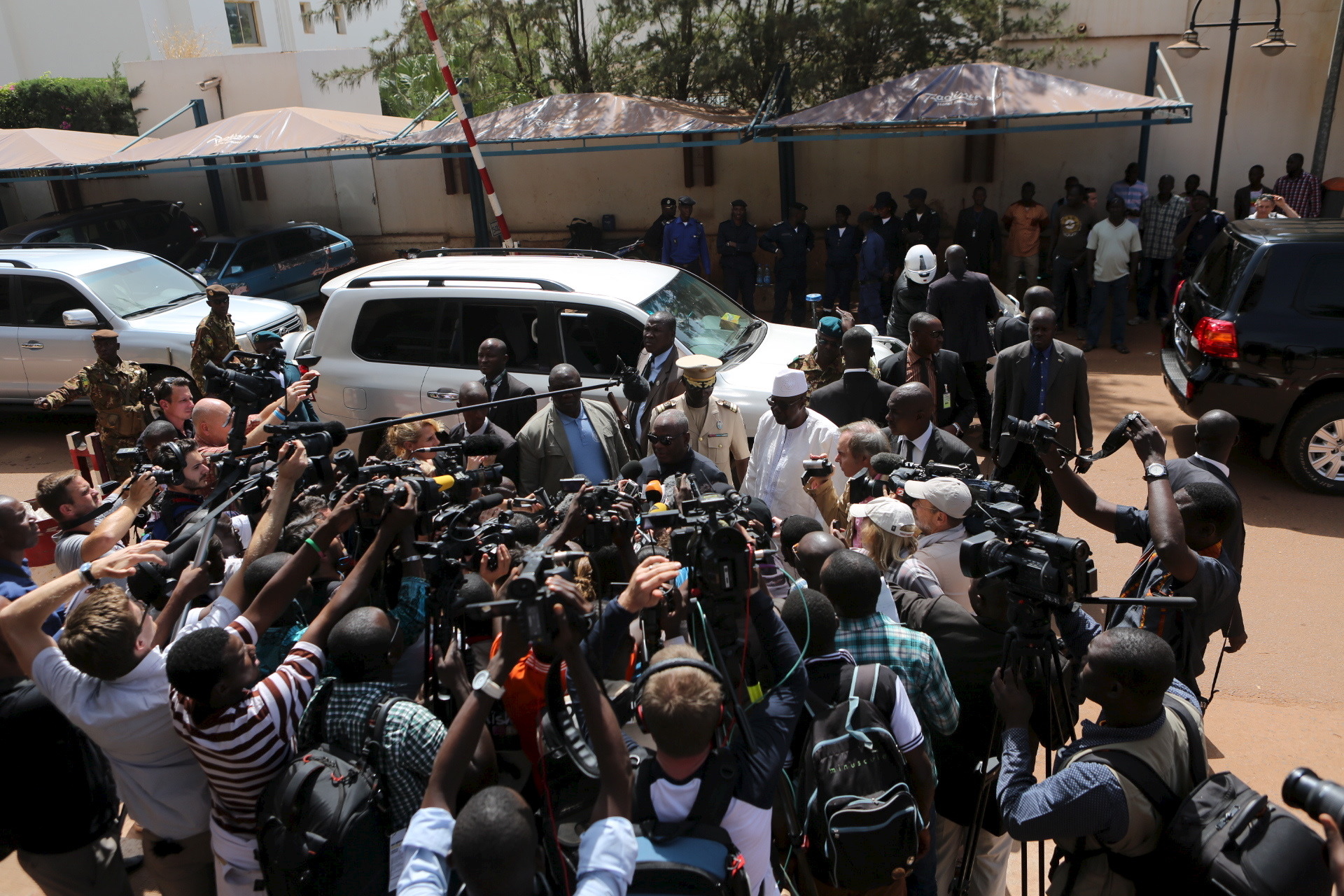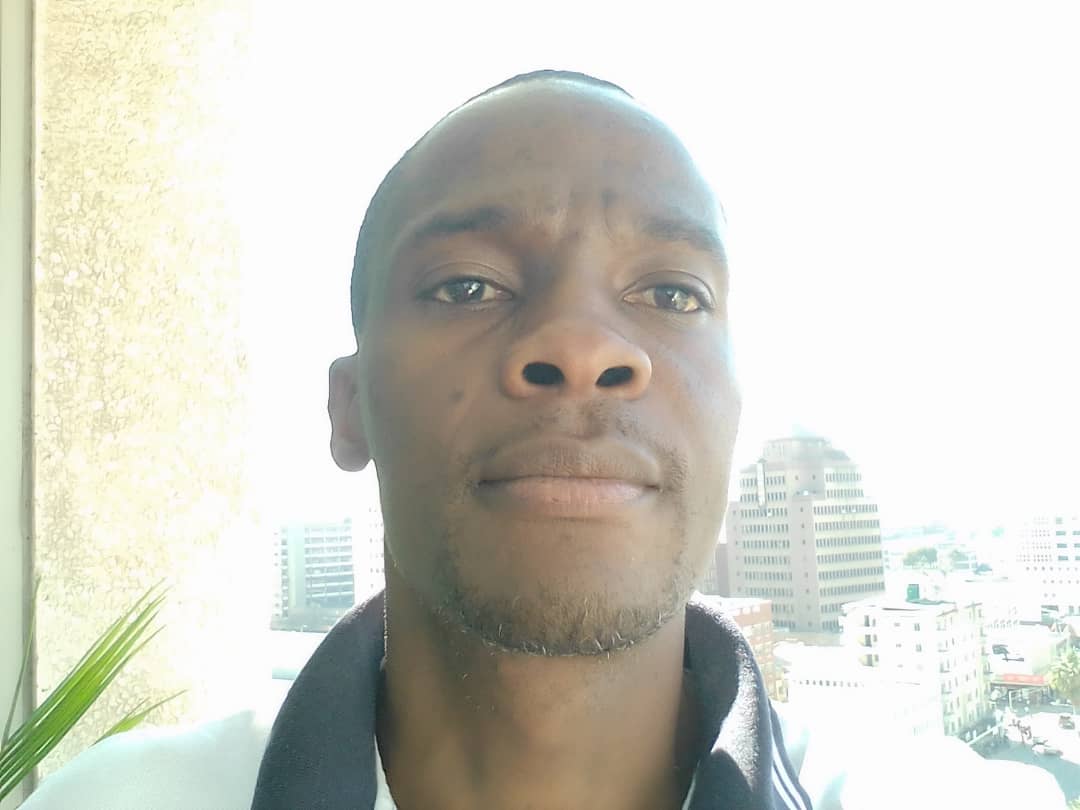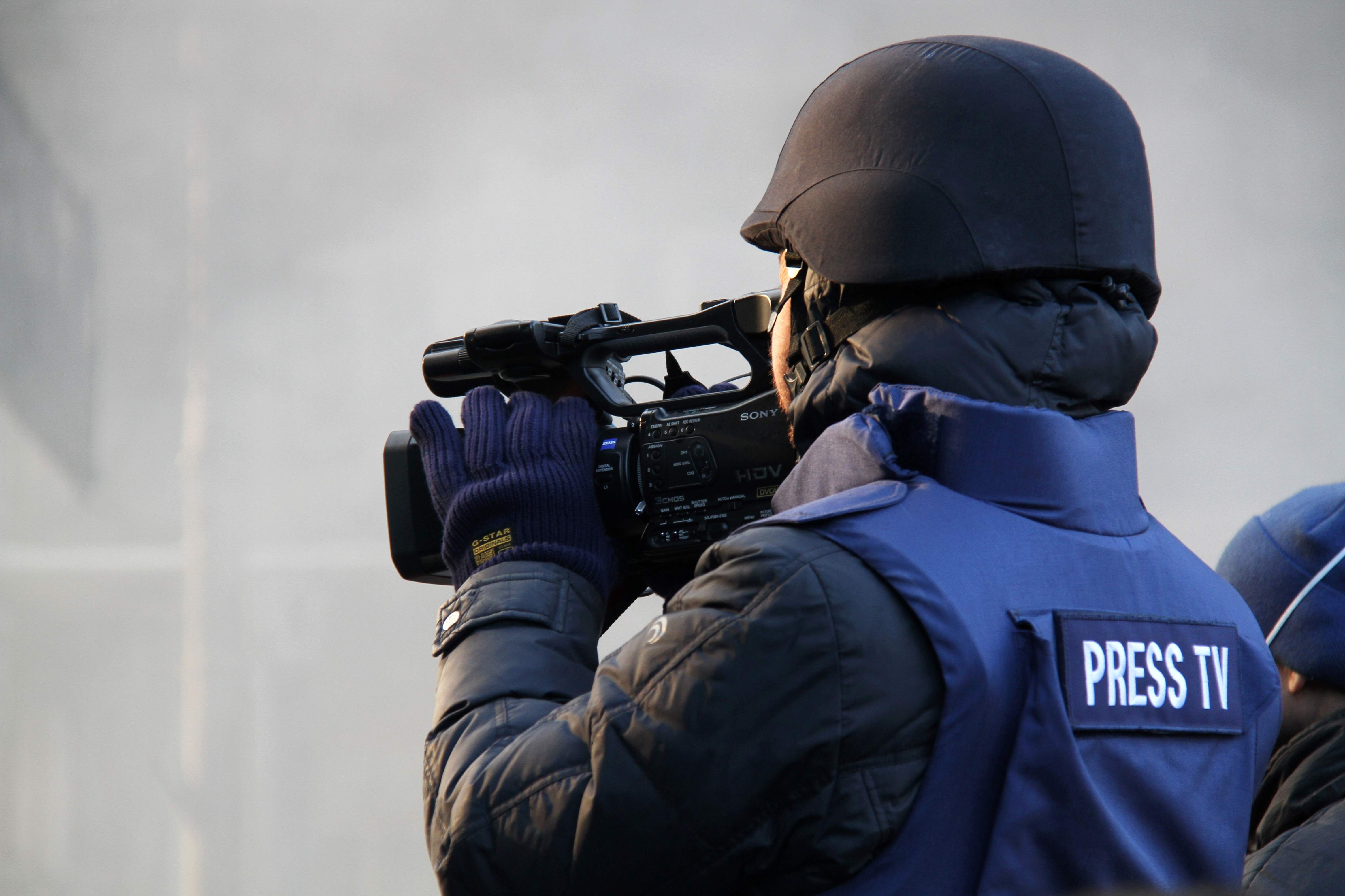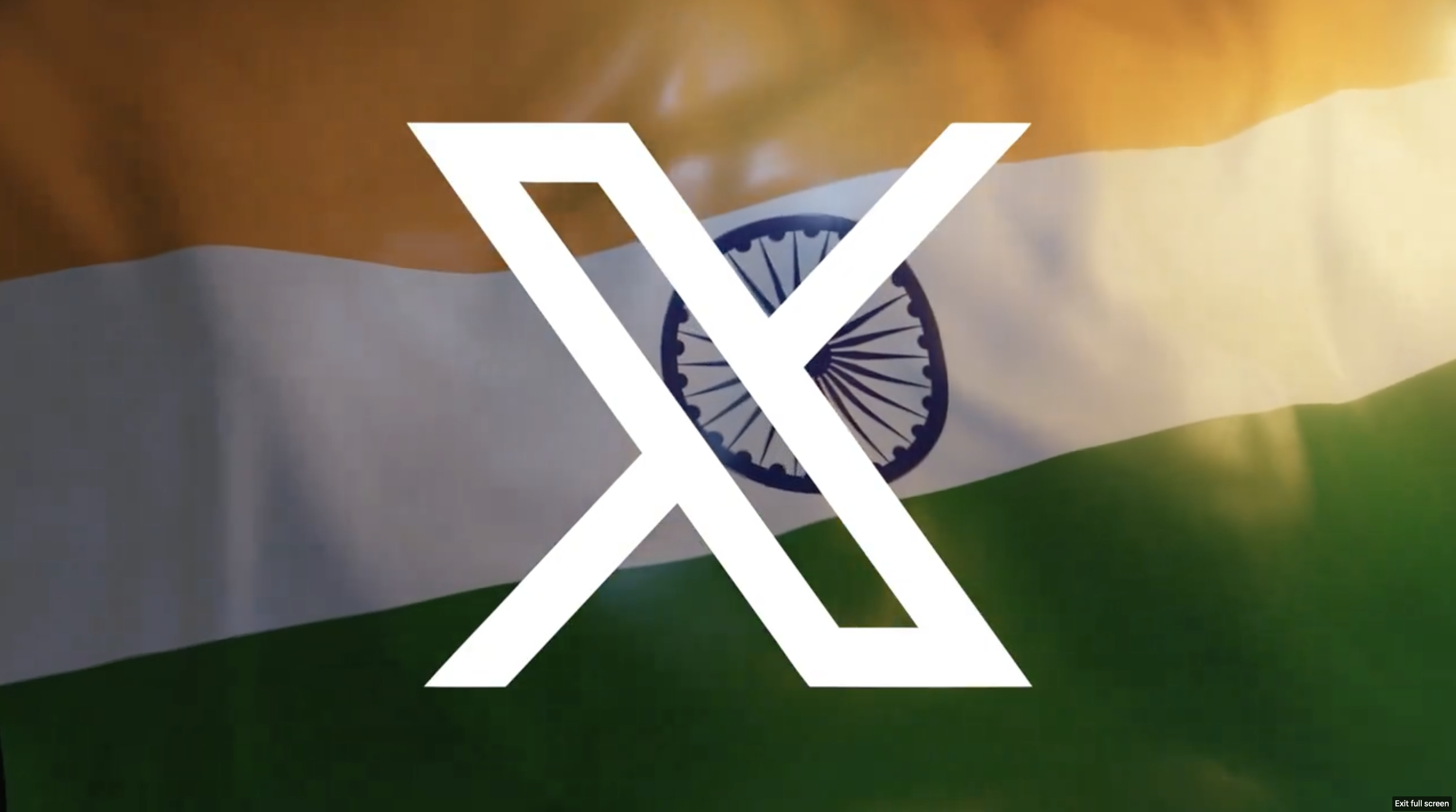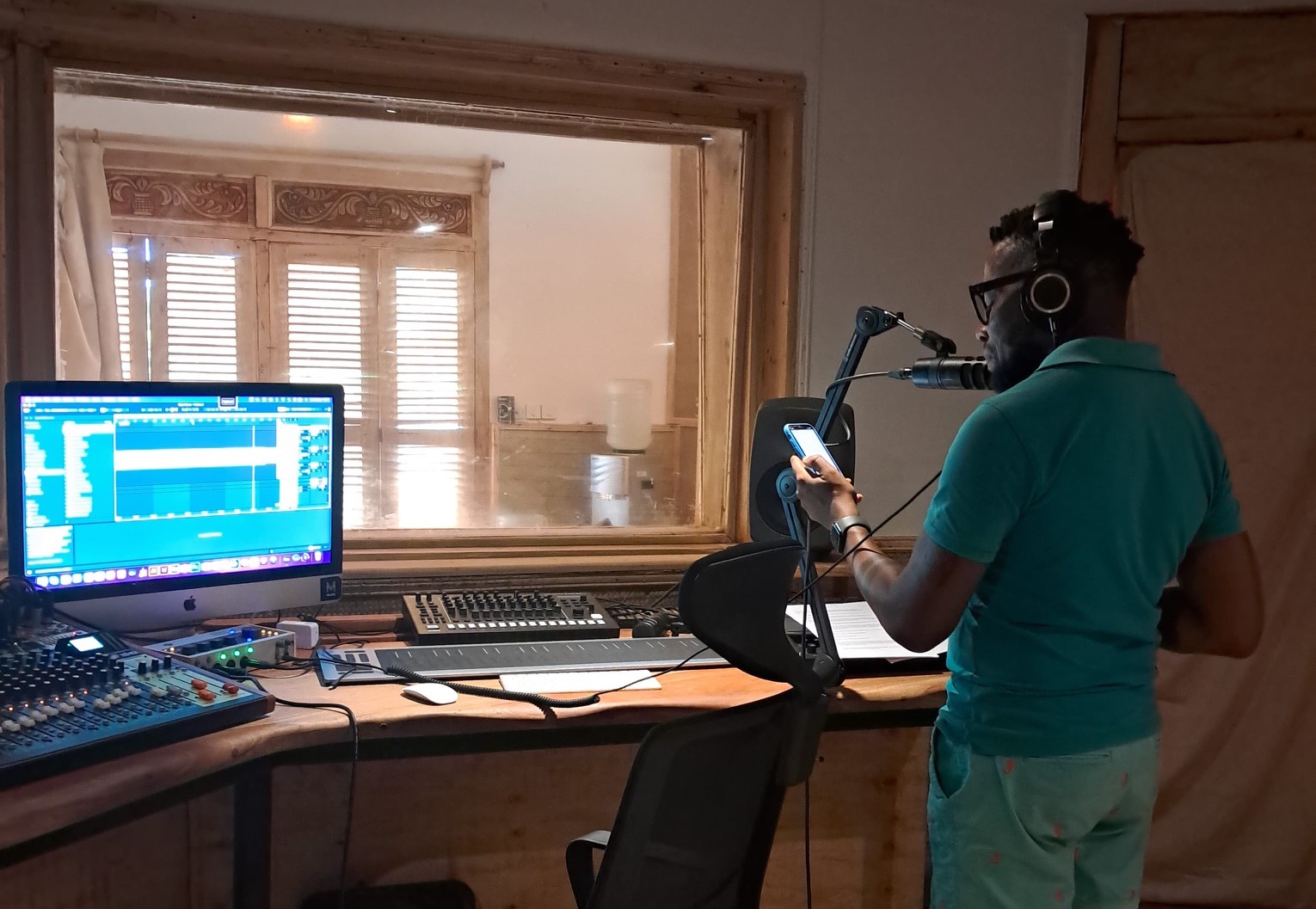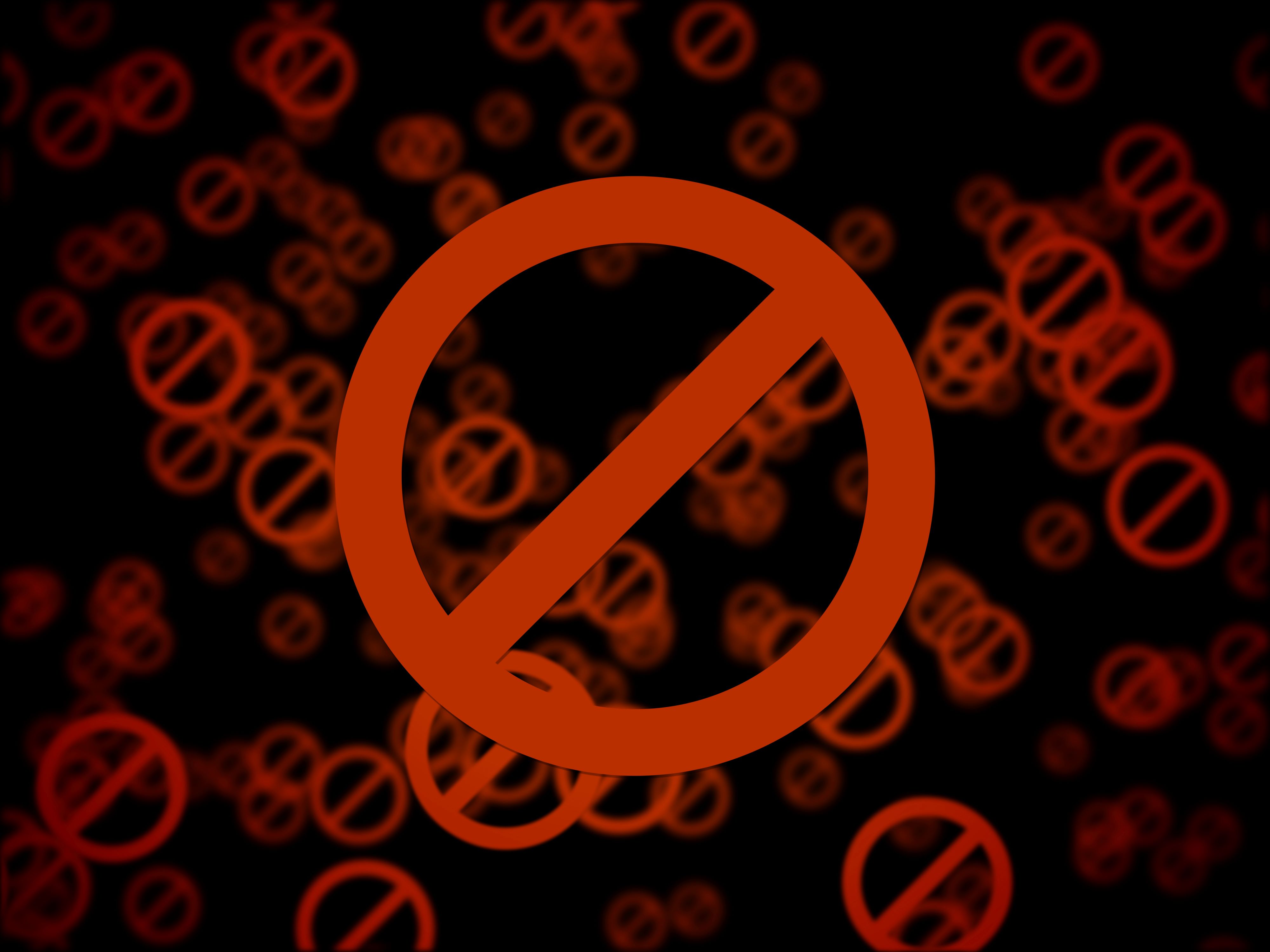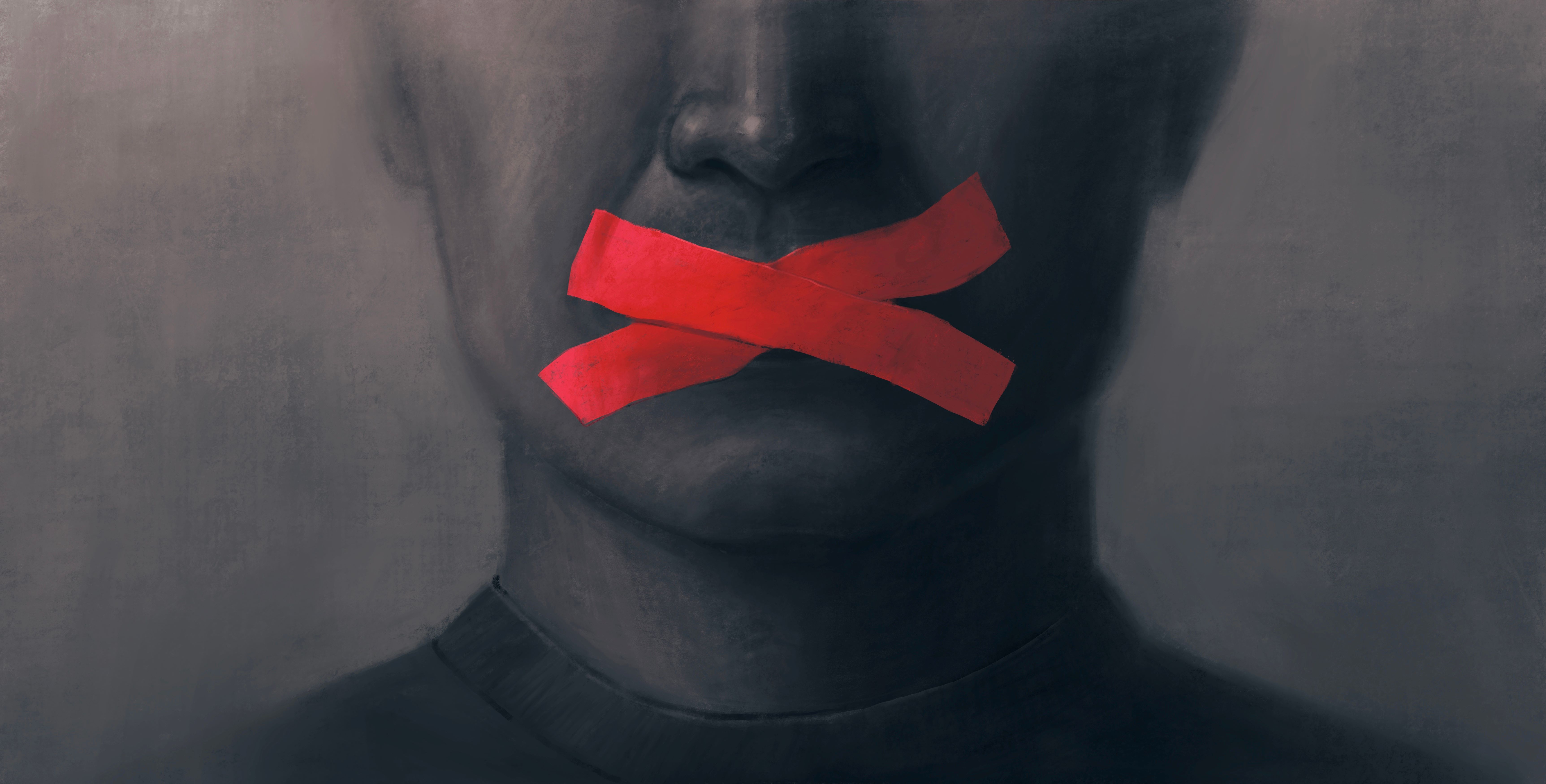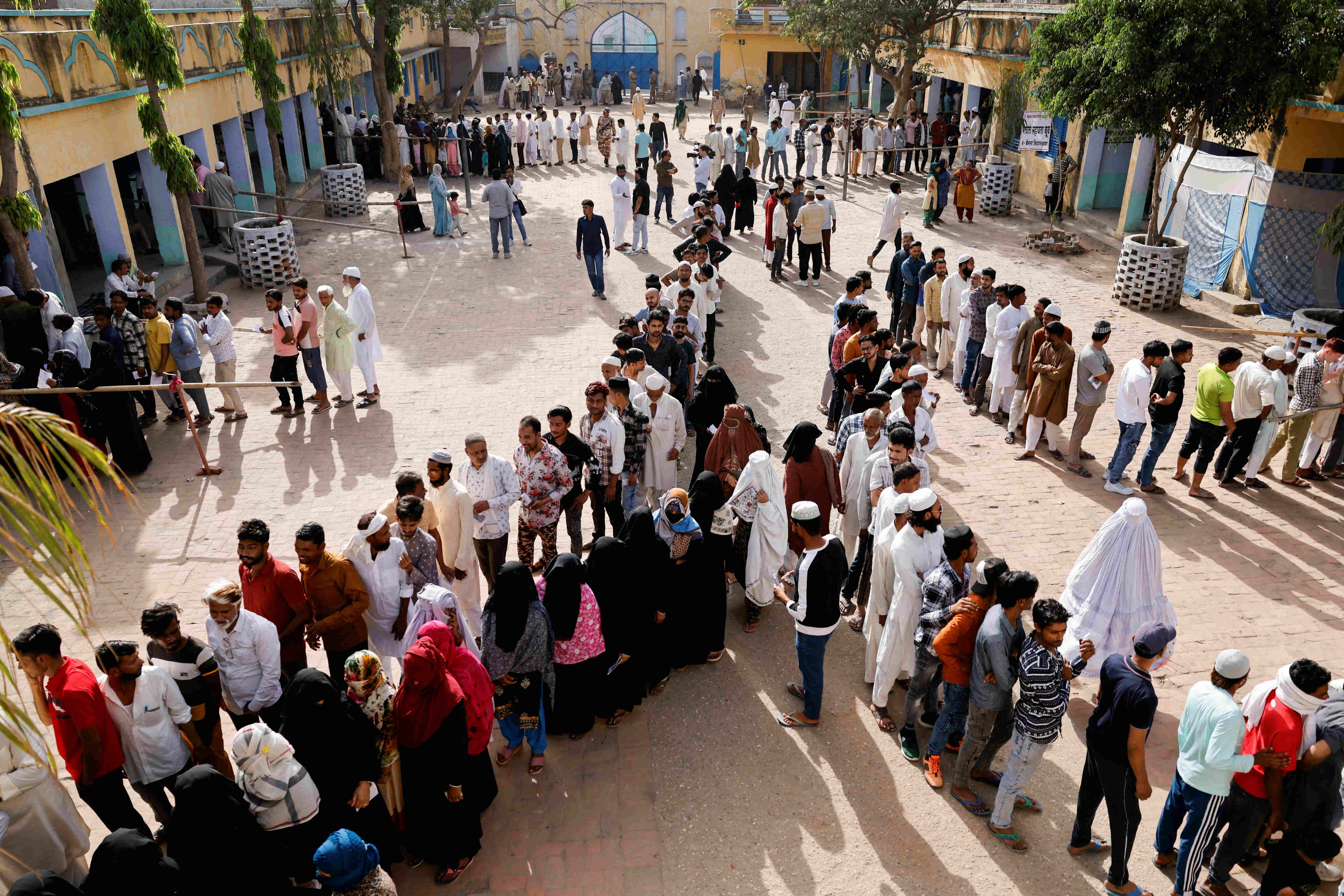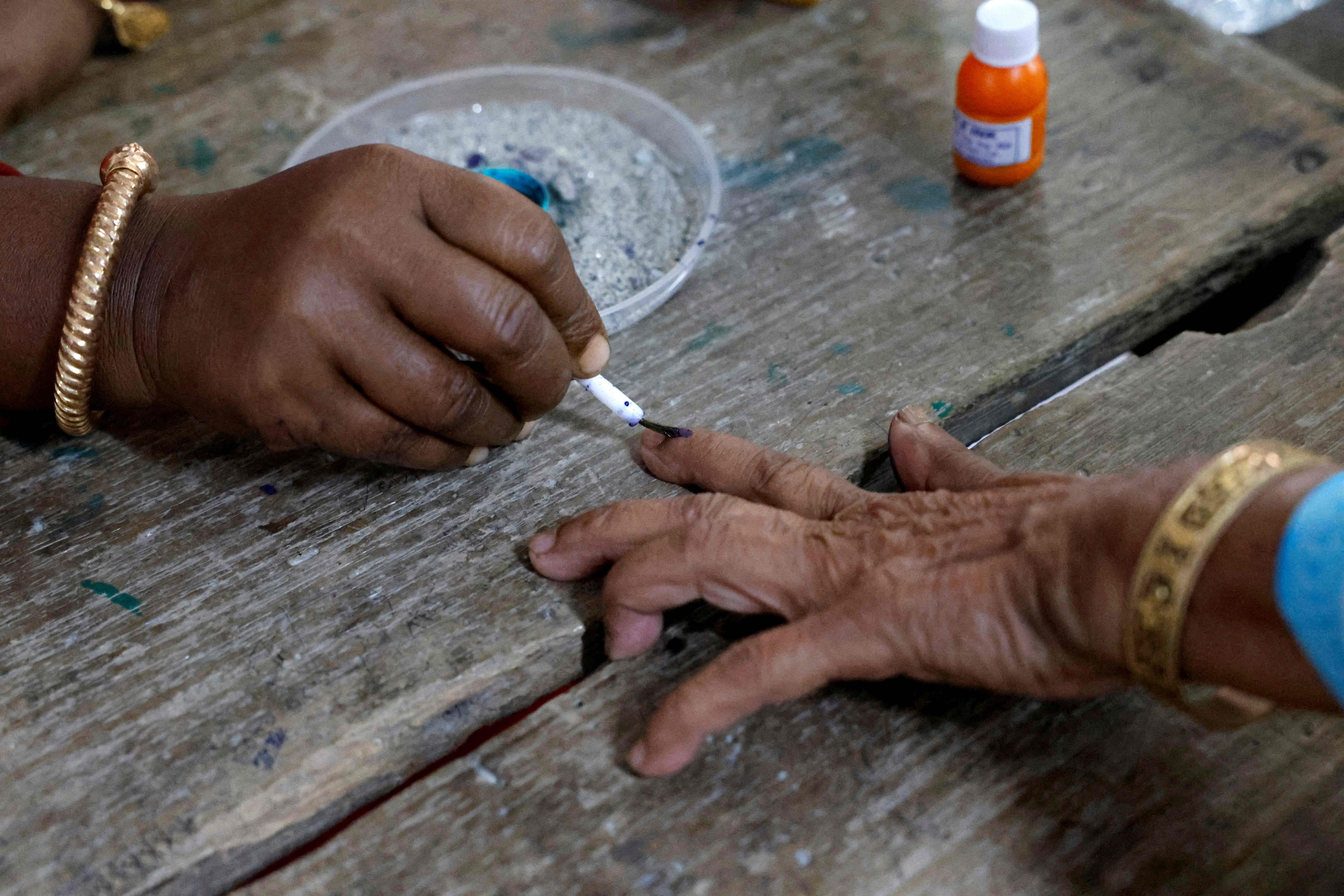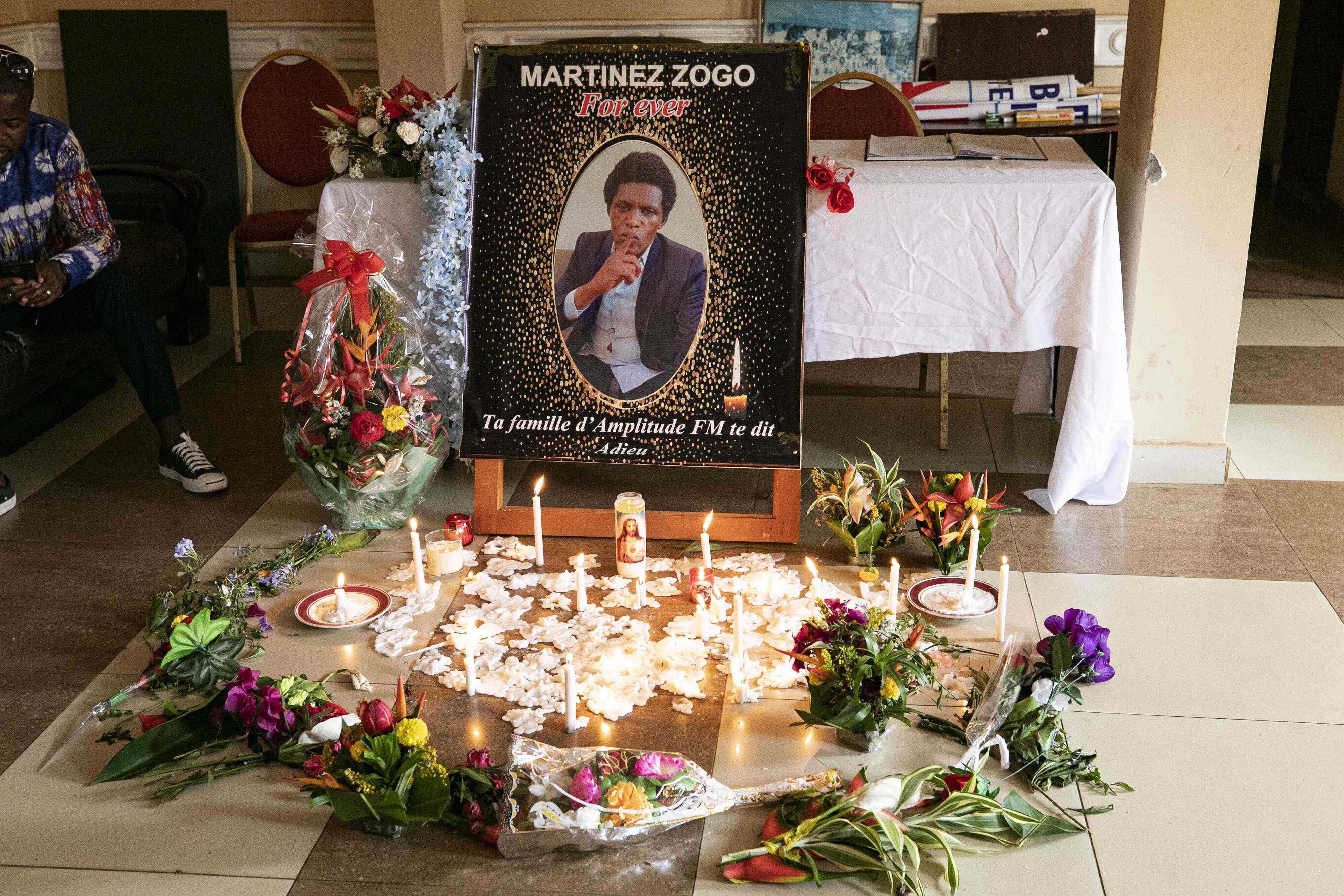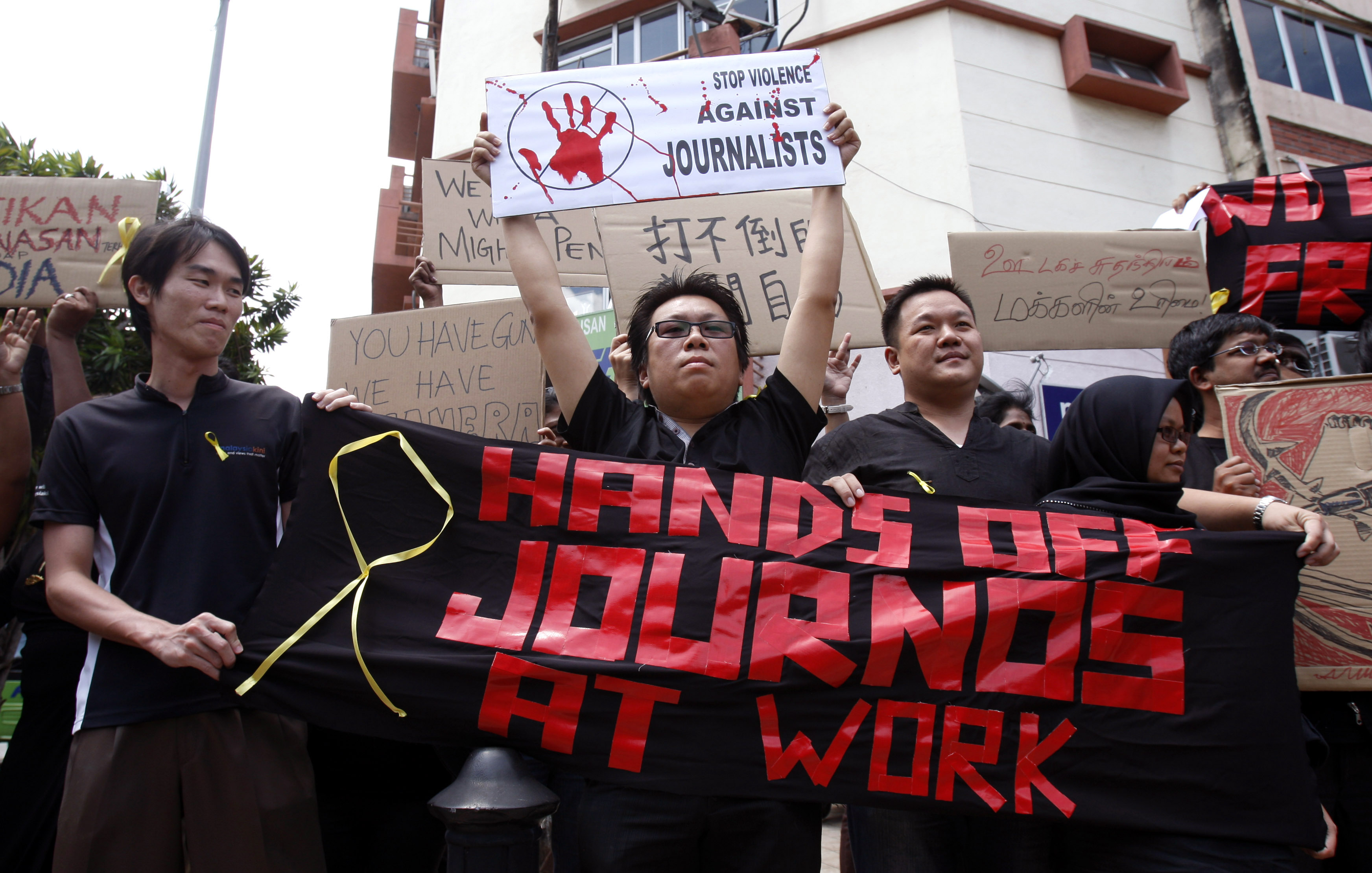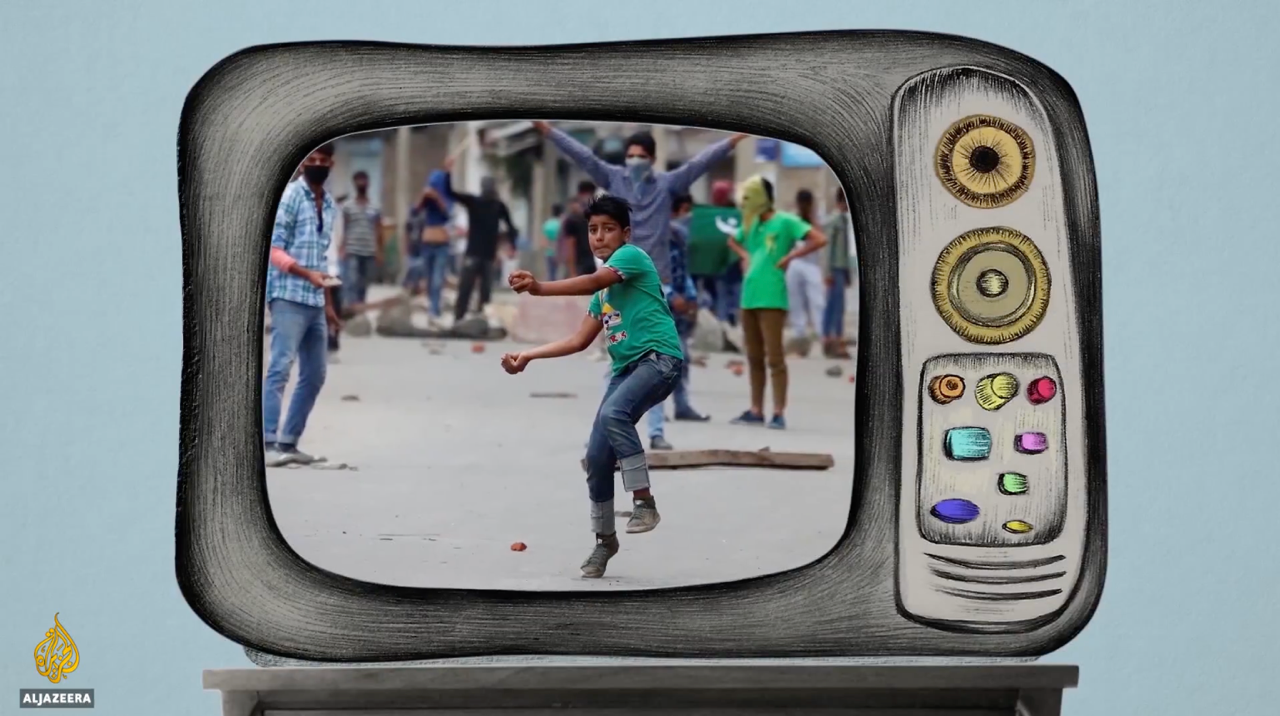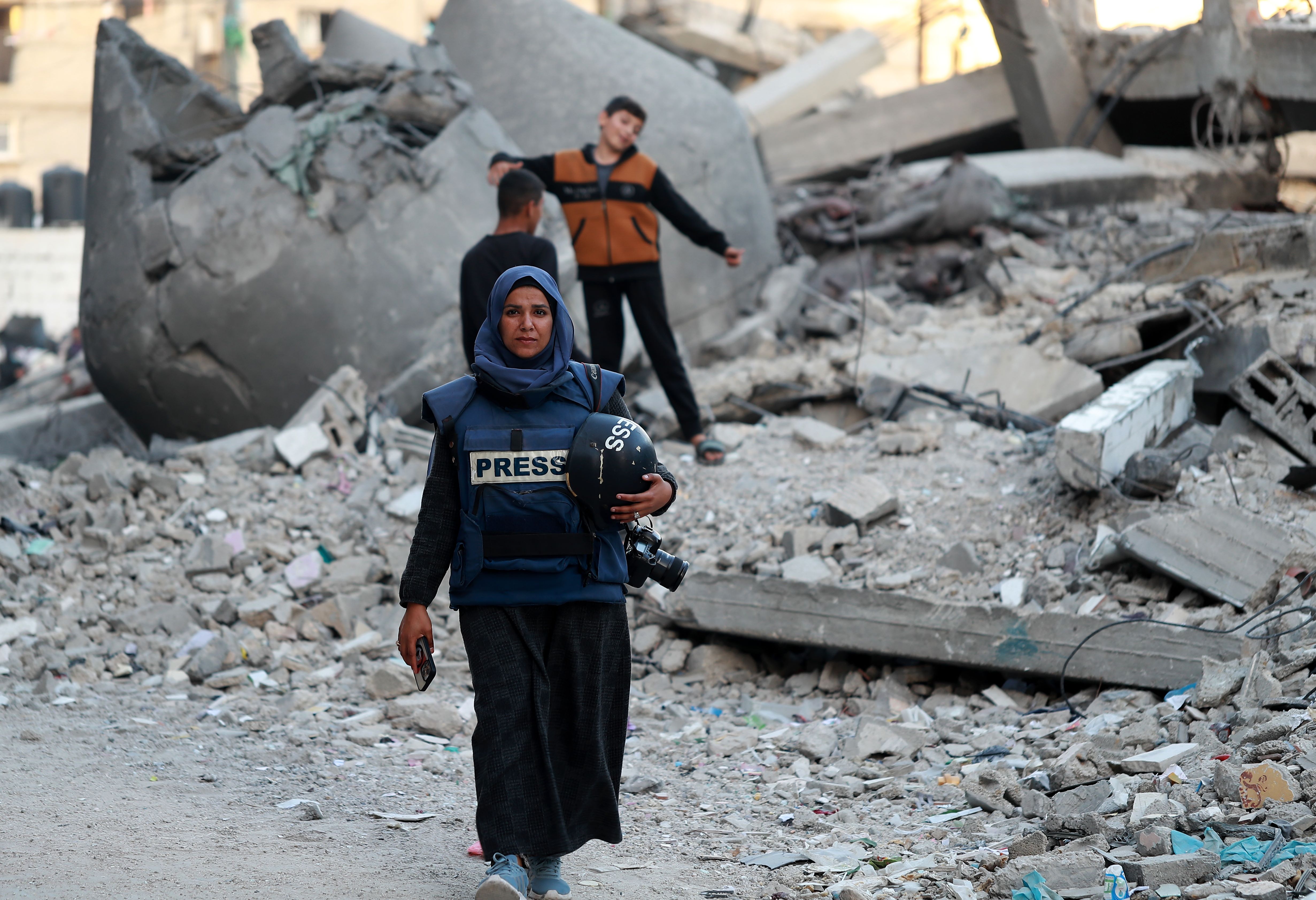بين القصة المفعمة بالمشاعر الإنسانية والعاطفية والقصة المبنية على حقائق وأرقام جامدة تدور الحكاية.. حكاية إنتاج فيديوهات إخبارية إلكترونية تقدم الموضوعات بنكهة جديدة شكلا ومضمونا.. فما حكاية تلك الفيديوهات؟
تفاصيل الحكاية يرويها معهد "رويترز" لدراسة الصحافة، حيث سعى إلى الوقوف على أكثر الفيديوهات الإخبارية جذبا للجمهور، وطبيعة القيم التي تؤثر فيه أكثر من غيرها وجاء الرد سريعا من خلال الفيديوهات العاطفية التي تحمل قيما إنسانية واجتماعية تحقق بها مشاهدات أعلى من غيرها.
معهد "رويترز" أعد دراسة حديثة رصد في إطارها الفيديوهات الإخبارية العشرة (Top Ten) الأكثر مشاهدة خلال شهر فبراير/شباط الماضي عبر منصة الفيسبوك ليتبين أن سبعة منها تُبرز القيم الإخبارية العاطفية وثلاثة تركز على القيم الإخبارية الواقعية (الأخبار الجادة).
ومن بين أشهر الفيديوهات الإخبارية مشهد بثته شبكة "سي إن إن" الإخبارية لأم تستمع إلى نبضات قلب ابنها خلال عملية جراحية، أما المشهد الأخر فكان لامرأة تبلغ من العمر 106 عاما وهي تزور البيت الأبيض وتظهر انفعالاتها وردود أفعالها الإنسانية.
بينما فيديو إخباري (أخبار جادة) نشرته "هافينغتون بوست" يتحدث عن مبادرة تنظيف المحيط لم يحظ باهتمامات مماثلة لما حظيت به الفيديوهات السابقة وغيرها، حيث تربع على عرش الفيديوهات غير العاطفية والإنسانية وفق رؤية وتقييم المشاهدين.
فيديوهات للمنصات الاجتماعية
وأظهرت الدراسة أن الإقبال على مشاهدة الفيديوهات الإخبارية عبر المنصات الإلكترونية وخاصة الاجتماعية منها سيشهد تزايدا كبيرا في المستقبل القريب، متوقعة أن تحظى هذه الفيديوهات على الجزء الأهم في المشهد الإعلامي العالمي، لكن دون أن تحل محل الأخبار والقصص النصية.
دراسة "رويترز" التي حملت عنوان "مستقبل الفيديوهات الإخبارية الإلكترونية" مبنية على معلومات ميدانية من مصادر ذات علاقة بإنتاج واستهلاك الفيديوهات الإخبارية عبر أكثر من 30 مقابلة مع مسؤولين في مؤسسات إخبارية موزعين على 26 دولة في أوروبا وأميركا الشمالية.
تساؤلات عدة طرحتها عبر مقابلاتها المعمقة مع خبراء الإعلام حول العالم، تركز أهمها حول مدى توجه المشاهدين إلى متابعة الفيديوهات الإخبارية، ومستقبل تلك الفيديوهات على ضوء الشكل والمضمون والأنواع والمنصات الاجتماعية التي تنشرها والإيرادات المتحققة جراء إعلانات "ما قبل التشغيل".
هذه النتائج أحدثت انقلابا لدى العديد من الناشرين والمسؤولين الإعلاميين الذين بدأوا بالتوجه نحو إنتاج فيديوهات إخبارية إلكترونية وفق 79% من قادة المؤسسات الإعلامية الذين استطلعت الدراسة آراءهم، في وقت بدأت فيه العديد من المؤسسات الإخبارية الكبرى مرحلة تجريبية للتعامل مع تلك الفيديوهات لمواكبة احتياجات المشاهدين المتزايدة نحوها.
وقد شهدت السنوات القليلة الماضية ذروة استخدام الفيديو على الإنترنت، بفعل التحسينات التقنية ومبادرات المنصات الاجتماعية مثل الفيسبوك، واستثمار شركات إعلامية في مجال إنتاج أنماط جديدة من القصص الإخبارية المرئية عبر شبكة الإنترنت.
لكن من غير المتوقع حاليا وجود أشكال أخرى مثل الفيديوهات لحل المشكلات الأساسية التي تواجه صناعة الأخبار في العالم وفق الخبراء وقادة المؤسسات الإعلامية في العالم.
نتاج التكنولوجيا الحديثة
وبينت النتائج أن التكنولوجيا الحديثة تقود الفيديوهات الإخبارية إلى صدارة صناعة الأخبار، لتتكامل مع المنصات الاجتماعية والمواقع الإلكترونية المهتمة بنشر وتسويق الفيديوهات، وتتلاقى مع اهتمامات الناشرين وتطلعات المشاهدين.
وتراوحت نسبة مشاهدي الفيديوهات الإخبارية الإلكترونية إلى 75% ممن شملهم استطلاع "رويترز" من 26 دولة بدرجة تتراوح ما بين (أحيانا – نادرا)، فيما أبدى 2.5% من مستخدمي المواقع الإلكترونية عدم اهتمامهم بمتابعتها، في وقت أمضى فيه نحو 97.5? من وقت متابعتهم للمواقع الإلكترونية على قراءة النصوص الإخبارية.
بعد وقوع هجمات باريس "الإرهابية" ازداد الإقبال على مشاهدة الفيديوهات الإخبارية الإلكترونية لمتابعة التطورات حيث تضاعفت نسبة المشاهدين من 10% في الأوضاع الطبيعية إلى نحو 22%، وعزت الدراسة السبب إلى أن هذه الفيديوهات قدمت تغطية إخبارية متميزة وقصصاً مرتبطة بتداعيات الهجمات.
العديد من الناشرين الذين تم مقابلتهم خلال الدراسة ذكروا أن نسبة المشاهدة الأكبر اليوم للفيديوهات الإخبارية تتم من خلال المنصات الاجتماعية مثل الفيسبوك، حيث تراوحت نسبة مشاهدة الفيديوهات الإخبارية عبر تلك المنصات ما بين 75-100 مليون مشاهدة وهو ما يفوق كل التوقعات، ورغم ذلك يوجد عدد آخر من الفيديوهات لا تحظى بنسبة مشاهدة جيدة على الأقل.
ولاحظت الدراسة أن نمو الفيديوهات الإخبارية الإلكترونية لا يزال "بطيئا" في عدة دول كبرى خلال الأعوام 2014-2015 وهو ما يوضحه الشكل الآتي:
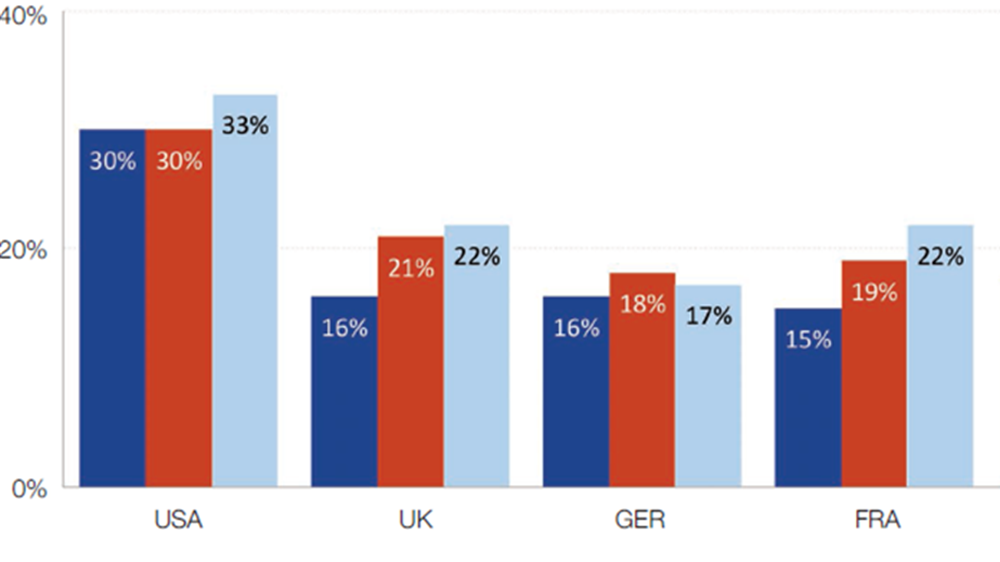
ومن أهم أسباب عدم متابعة الفيديوهات الإخبارية وفق ما ذكر قطاع عريض من الجمهور:
• تفضيلهم القراءة على المشاهدة.
• الانزعاج من إعلانات ما قبل تشغيل الفيديوهات.
• الحاجة إلى وقت أطول للتحميل بسبب سرعات الإنترنت المتباينة بين الدول.
• تفضيل المشاهدة عبر شاشات أكبر من شاشات الأجهزة المحمولة.
• احتياجات التشغيل لبعض البرامج أحيانا.
• عدم إضافة قيم جديدة للقصة الإخبارية النصية.
فيديوهات بمواصفات خاصة
وحول مواصفات إنتاج الفيديوهات الإخبارية؛ أظهرت الدراسة أن معظم الفيديوهات المتميزة ذات نسب المشاهدة العالية تميل إلى المدة الزمنية القصيرة بحيث تكون غالبا أقل من دقيقة، وبدون صوت حقيقي للأحداث مع وجود عناوين ومعلومات فرعية لشرح بعض زوايا الموضوع، كما يتم فيها التركيز على الأخبار الخفيفة والمسلية (في الأوقات العادية) التي تتوافر فيها العناصر الإنسانية والعاطفية القوية لجذب اهتمام المشاهد بقوة أكبر.
وبالنظر إلى الأهمية المتزايدة لوسائل الإعلام الاجتماعي كمصدر للأخبار، تؤثر مثل هذه الفيديوهات على محتوى وطبيعة التغطية الإخبارية بشكل عام.
هذا الاتجاه يدعم فكرة أن محتوى الفيديوهات عبر المنصات الاجتماعية يجب أن يتميز بقيم إخبارية خاصة مثل إثارة الاهتمام والعواطف إلى جانب رسالته الإيجابية ومضمونه البناء.
وعلى صعيد الشكل والمحتوى، فإن العديد من المؤسسات الإعلامية بدأوا ينتقلون من وسائل الإنتاج التقليدية إلى وسائل أكثر تطورا في مجال الفيديوهات الإخبارية على شاكلة منصة الجزيرة التفاعلية AJ التي تتميز فيديوهاتها بوجود نصوص خفيفة وقصر مدتها الزمنية علاوة على مقدمتها المثيرة لاهتمام الجمهور وجذب أنظاره إليها.
وتبين من خلال المقابلات مع قادة المؤسسات الإعلامية أن عددا من مؤسساتهم لا يضم سوى شخص أو اثنين فقط مختصين بإنتاج الفيديوهات الإخبارية، فيما مؤسسات أخرى تضم فريق عمل متخصص في إنتاج تلك الفيديوهات، في وقت يسعى فيه القائمون على المؤسسات الإعلامية إلى إدماج الفيديوهات الإخبارية في إنتاجهم الإعلامي المتنوع، رغم التحديات والضغوطات المتزايدة التي تواجه ذلك.
تحديات المستقبل
من الملاحظ أن الصحف بدأت إنتاج برامج تلفزيونية بمواصفات خاصة، ومن أشهرها: صحيفة واشنطن بوست ونيويورك تايمز، وشبيغل الألمانية، وول ستريت جورنال، إضافة إلى صحيفة فاينانشال تايمز.
لكن التحدي الأكبر أمام المؤسسات الإعلامية يبقى زيادة العائدات المالية بفعل الإعلانات أو على أقل تقدير ضمان عدم تراجعها، على عكس المواقع الإلكترونية التي يمكنها تحقيق عائدات مالية كبيرة من الإعلانات وهو ما يدفع قادة المؤسسات الإعلامية حاليا لإنشاء نظام رعاية أو إنتاج محتوى له علامة تجارية مميزة.
وتنظر دراسة رويترز بحذر شديد لخلق آليات جديدة لإنتاج الفيديوهات الإخبارية الإلكترونية على المدى البعيد، في ظل تنامي صناعة الفيديوهات الإخبارية خاصة في بعض المجالات مثل الرياضة ونمط الحياة وغيرها.
فالفيديوهات الإخبارية التي تضيف البعد الدرامي والفورية تحظى بإقبال المشاهدين وتفاعلهم الواسع معها عبر المنصات الإلكترونية المختلفة.
وعلى الرغم من احتياجات المؤسسات الإعلامية للابتكار والإبداع في شكل ومضمون الإنتاج على مدى السنوات القليلة المقبلة، فإنه يصعب أن ترى الفيديو يحل مكان النص المتعلق بالقصص والتحاليل المعمقة وبالتالي فإنه لن يحل مشكلة صناعة الأخبار التي تشهد تطورا ليس له حدود.
توقعات الخبراء تشير إلى أن مشاهدة الفيديوهات الإخبارية سيزداد باضطراد مع زيادة اعتماد الجمهور على الأجهزة المحمولة لمتابعة الأخبار ولسرعتها الفائقة ورخص ثمنها واتساع شاشاتها بما يسهل عملية القراءة والمشاهدة، لافتين إلى أن 41% يعتقدون أن قراءة المقالات والقصص المطبوعة يبقى أسرع وأكثر ملاءمة من مشاهدة الأخبار على الإنترنت، فيما يرى 19% أن الفيديوهات الإلكترونية لم تضف قيمة جديدة على القصة الإخبارية النصية وهو ما يعني أن تطور التكنولوجيا وطرق تسويق الإنتاج الإخباري لا يعد كافيا للتعامل مع تلك التحديات.
ويخلص معدو الدراسة إلى أن تنامي صناعة الفيديوهات الإخبارية لا يزال في "بدايات مبكرة، فالتكنولوجيا الحديثة مثل التصوير بتقنية 360 درجة يمكن أن تغير الكثير من المعادلات على أرض الواقع" في ظل الانتشار الواسع للفيديوهات المنتجة من خلال الأجهزة المحمولة لشبان صغار السن وهو ما يمثل بارقة أمل للمستقبل مع وجود مؤشرات إيجابية على تنامي الإعلانات المرافقة لها.
